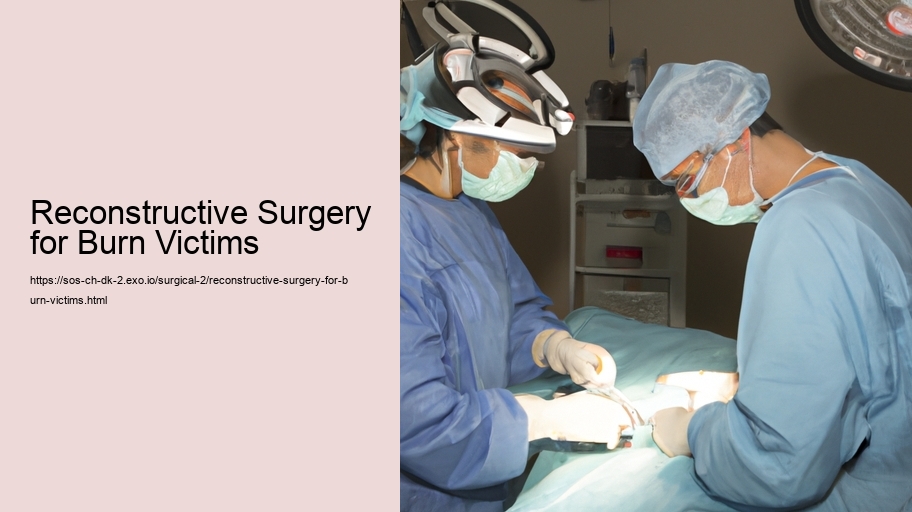Reconstructive surgery for burn victims is a transformative and critical component of the healing process, addressing not only physical restoration but also facilitating psychological recovery and improving the quality of life for those who have suffered from burn injuries. This medical specialty is both an art and a science, requiring a deep understanding of the human body as well as compassion and a commitment to patient-centered care.
Burn injuries can be one of the most traumatic experiences an individual can endure, often leading to significant disfigurement, loss of function, and emotional distress. The skin, our largest organ, serves as a protective barrier against the environment, helps regulate body temperature, and allows for the sensation of touch. When this barrier is damaged by burns, the consequences can be profound, affecting every aspect of a person's life.
Reconstructive surgery steps in as a beacon of hope for burn victims. The primary goal of these procedures is to restore form and function to the damaged tissues. This is achieved through a variety of techniques, including skin grafts, where healthy skin is transplanted from one area of the body to another; tissue expansion, which encourages the body to grow extra skin by stretching surrounding tissue; and free flap procedures, where a piece of tissue, along with its blood supply, is moved from one site to another.
One of the most remarkable aspects of reconstructive surgery is its ability to be tailored to the unique needs of each patient. The extent and location of the burns, as well as the patient's overall health, age, and healing capabilities, all factor into the surgical plan. Surgeons must have a keen eye for detail and an extensive knowledge of anatomy to ensure the repairs are both effective and aesthetically pleasing.
Beyond the physical repair, reconstructive surgery provides a psychological benefit to burn victims. The visible scars of burn injuries can lead to social stigma, isolation, and a profound impact on self-esteem. Successful reconstructive surgery can help patients overcome these social barriers, reintegrate into society, and improve their mental health and emotional well-being.
Postoperative care is also a vital part of the process. Rehabilitation, which may include physical therapy, occupational therapy, and counseling, plays a significant role in the overall outcome. Patients learn new ways to perform daily tasks, manage scars, and cope with the emotional aftermath of their injuries. This comprehensive approach ensures that the benefits of reconstructive surgery extend well beyond the operating room.
Innovation in reconstructive burn surgery continues to grow, with advances in technology and technique constantly improving outcomes. From laser therapy for scar management to the developments in regenerative medicine that may one day allow for the growth of new skin in a laboratory, the field is ever-evolving. Such advancements promise a future where the impact of burn injuries can be further mitigated, potentially offering even more hope to those affected.
In conclusion, reconstructive surgery for burn victims is an essential and life-altering intervention. It melds meticulous surgical skill with a holistic approach to patient care, addressing the intricate web of challenges that burn survivors face. Through the dedication of surgeons and healthcare professionals, along with the resilience of the patients themselves, reconstructive surgery stands as a pivotal step on the long road from injury to recovery, symbolizing not just the restoration of appearance, but the return to a full and fulfilling life.
